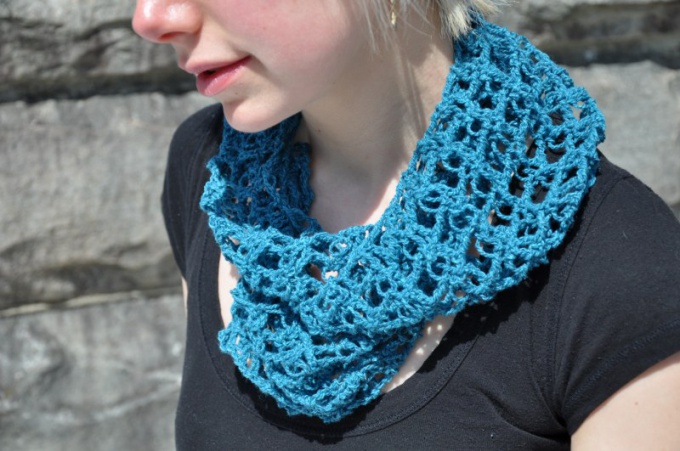Causes of neck cracking
In the neck there are six vertebrae supported by muscles, ligaments and tendons. This ensures the mobility of the head and its support, which allows us to nod and turn around without problems. But constant stress can cause crunching in the cervical spine. Usually it is not dangerous, but if the crunch is accompanied with pain, you should consult a doctor.
The neck cracking may also occur when excessive accumulation of calcium salts in the joints. In this case, it is necessary to eliminate disorders of calcium metabolism.
Bubbles
Thick synovial fluid surrounds each of the six cervical vertebrae, lubricating their movement. This fluid contains nitrogen and carbon dioxide, creating the bubbles. The mobility of the vertebrae increasing the pressure and the bubbles burst. This process is called cavitation. Here and there the crisp sound.
Bundles
The ligaments supporting the vertebra in the place where it meets another vertebra to secure their mobility. On bone tissue may appear a growth, so a bunch gets stuck in it and is released when you turn your head. At the moment when the ligament slides over the bone, there is a crunch.
Bone disease
Diseases such as osteoporosis and arthritis, may be accompanied by loss of elasticity of the joints. This leads to degeneration of the bone tissue in the cervical spine. Cervical osteoporosis, also known as cervical spondylosis is an age - related disease. After 50 years of the porous discs of the cervical vertebrae degenerate and lose their ability to prevent friction of the vertebrae together. Bone and ligaments thicken, the distance between the vertebrae decreases and the result is stiff and pain in the neck. That's why neck cracking often occurs in the elderly. Cervical spondylosis may also develop in people with bad posture.
Trauma
Trauma of the cervical spine is common among athletes, especially gymnasts. Even after the rehabilitation of neck is still a weak point and can be a bother. The neck cracking may occur during movement, creating additional stress for the cervical vertebrae.
The crunch in the neck treated with special exercises and physical therapy. However, if it is accompanied by pain, before starting treatment it is necessary to stop pain.
The crunch in the neck of a child
Children often have quiet the crunch in the neck, shoulder blades, knee joints. This is associated with hypermobility. Sometimes it happens in congenital abnormalities in the development of connective tissue. Typically, these problems are solved with the help of physiotherapy and massage.
